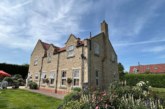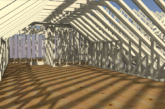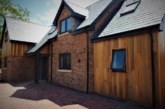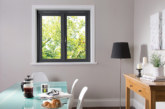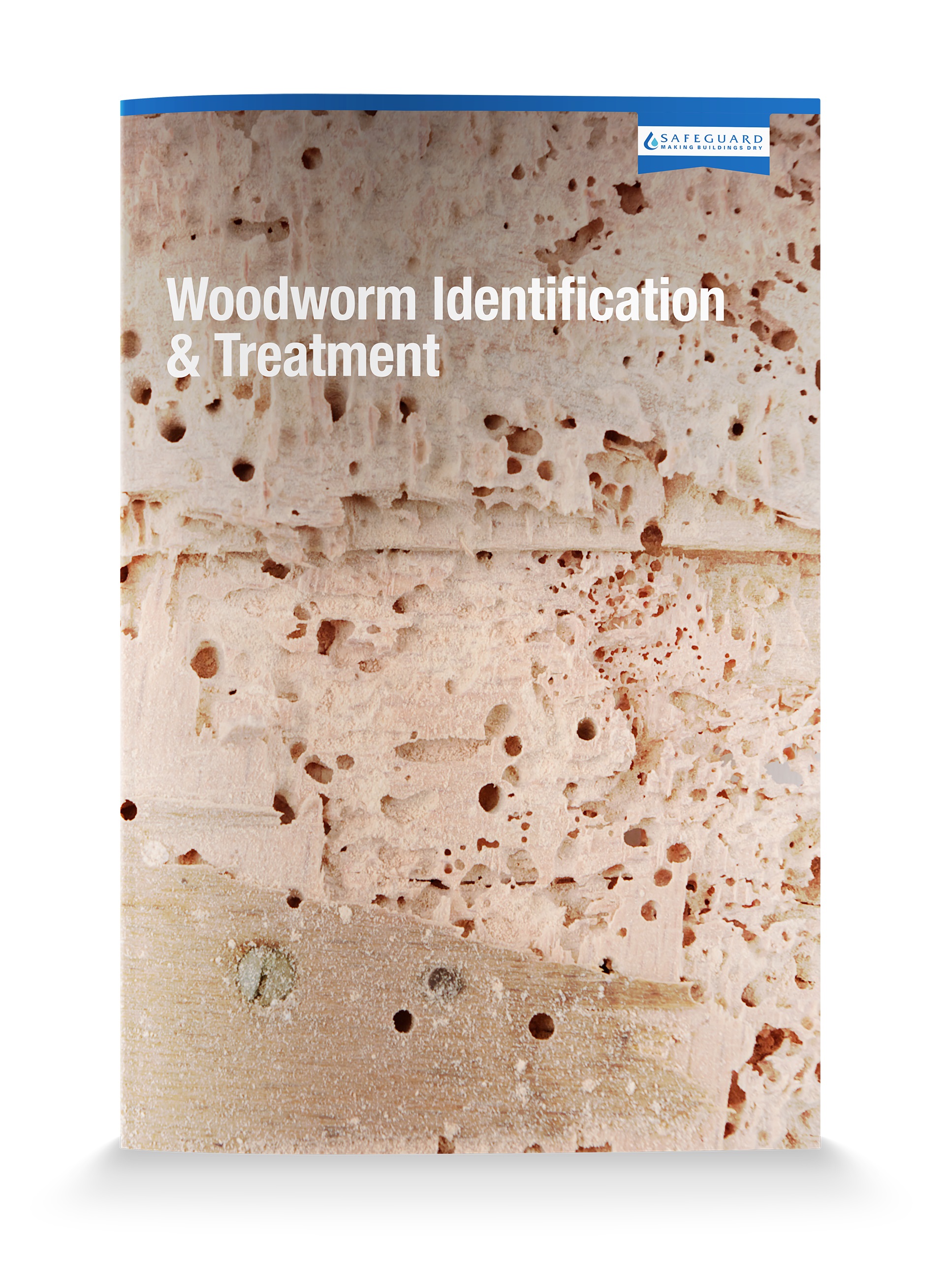
Safeguard Europe has produced a guide on the problem of larval infestation of timber; explaining how to accurately identify the cause and how to treat it.
Safeguard’s Woodworm Identification and Treatment teaches the reader how to identify woodworms, how to check whether a woodworm infestation is still active or has died out, and how to treat minor infestations of common species effectively. Light infestations of some species can be treated simply by the application of a high strength curative woodworm treatment – such as Soluguard Woodworm Treatment. Others will require more extensive or complicated treatment by a professional company: preferably a member of the Property Care Association.
The most usual method of treatment is application of a curative woodworm treatment fluid to all surfaces of the affected timber. Although this kills adult beetles as they emerge from exit holes, preventing them from reproducing, it doesn’t kill larvae deeper than 2mm below the timber surface. For this reason, surface treatments of this type are only suitable for relatively light infestations.
Furthermore, when purchasing woodworm treatment fluid, it is important to differentiate between products tested under European Standards for either ‘curative’ or ‘preventative’ use. ‘Preventative’ use products are lower strength, meaning that while they can prevent new attacks on timber, they will not kill of an existing infestation.
For areas of heavier infestation, or those involving some of the more aggressive species of woodworm, affected timbers may need to be cut out and replaced. Treatment using injected pastes or gels, like ProBor 20, might also be employed as these can kill the larvae deep inside the timber – but these are licensed by the HSE as only for professional use.

